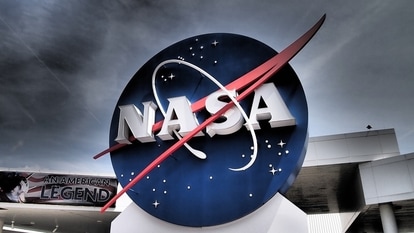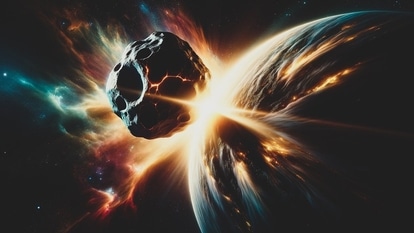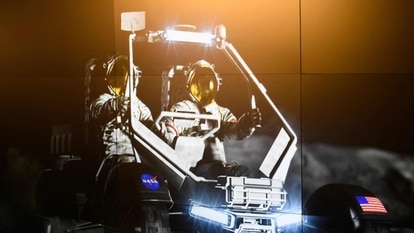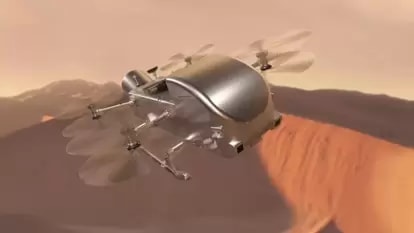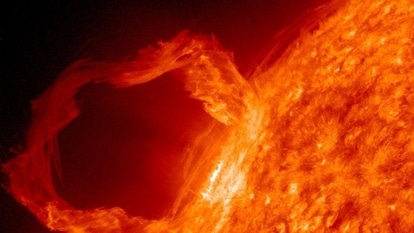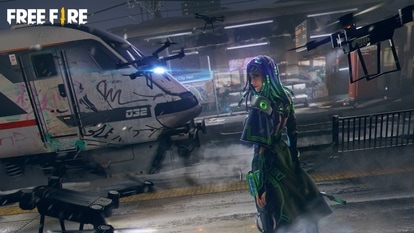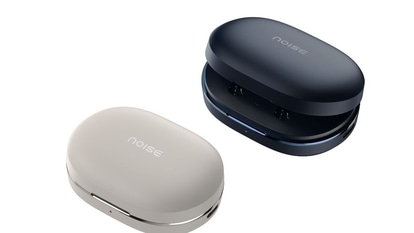Tragedy in the making! 2 gigantic galaxies set to crash; NASA Hubble Telescope snaps photo
NASA's Hubble Telescope has taken a horrific photo. 2 gigantic galaxies will crash with tragic consequences for planets.
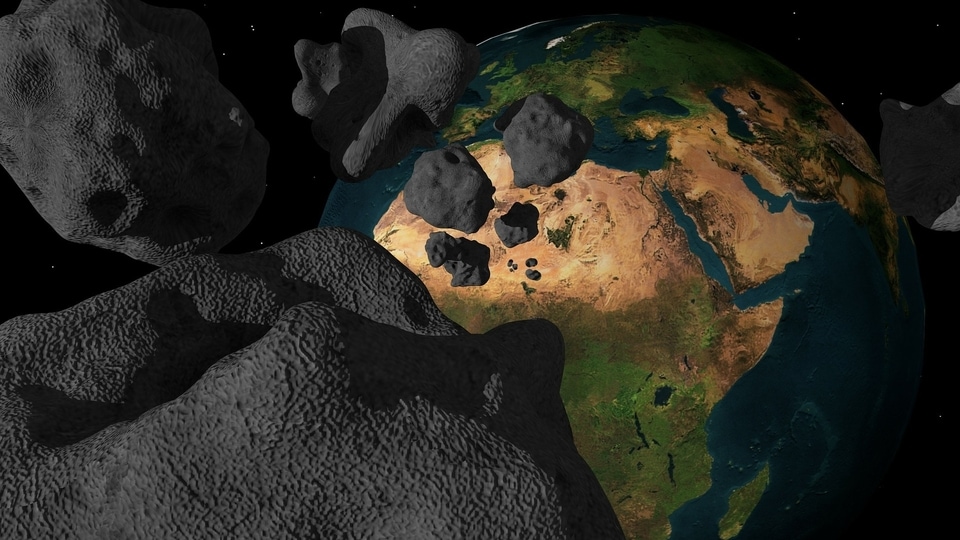
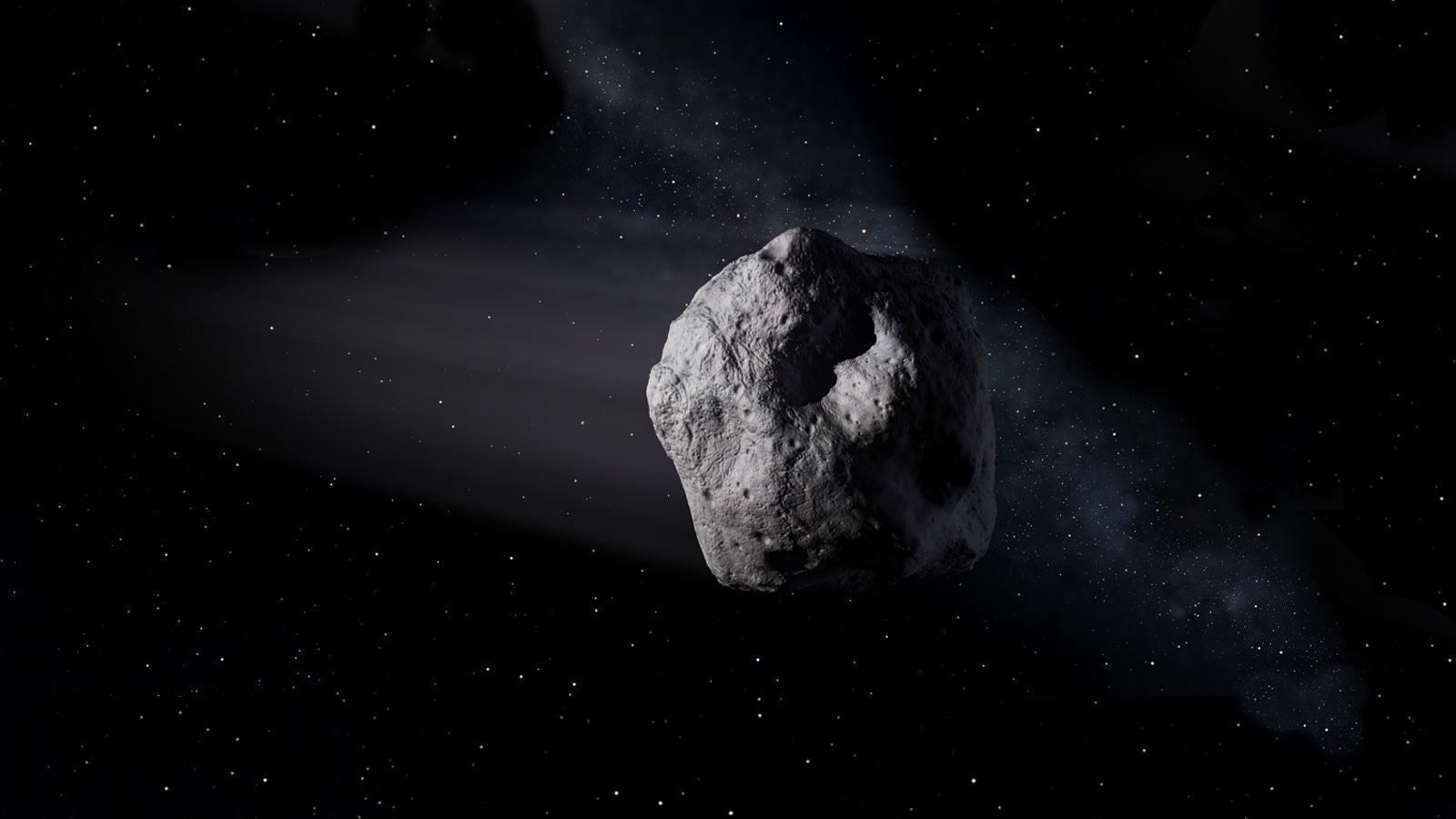
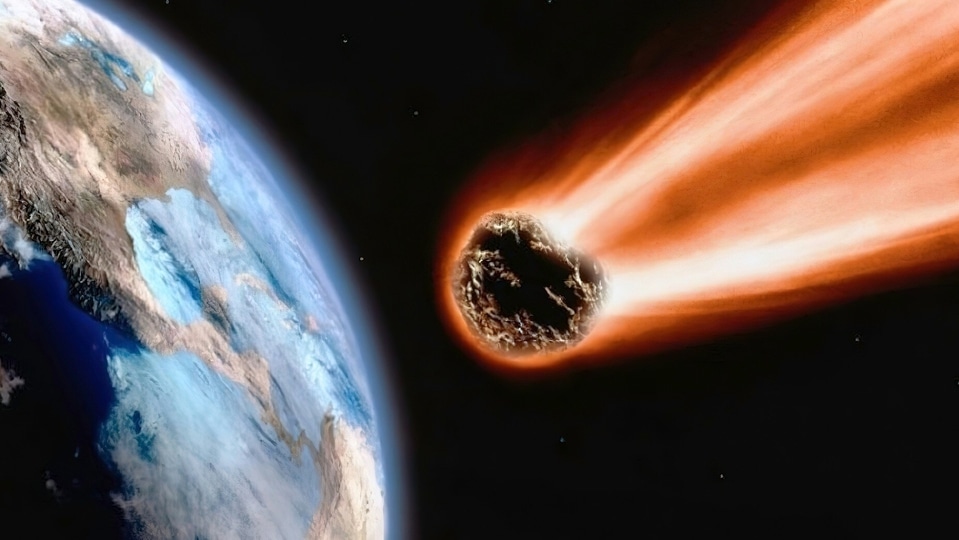
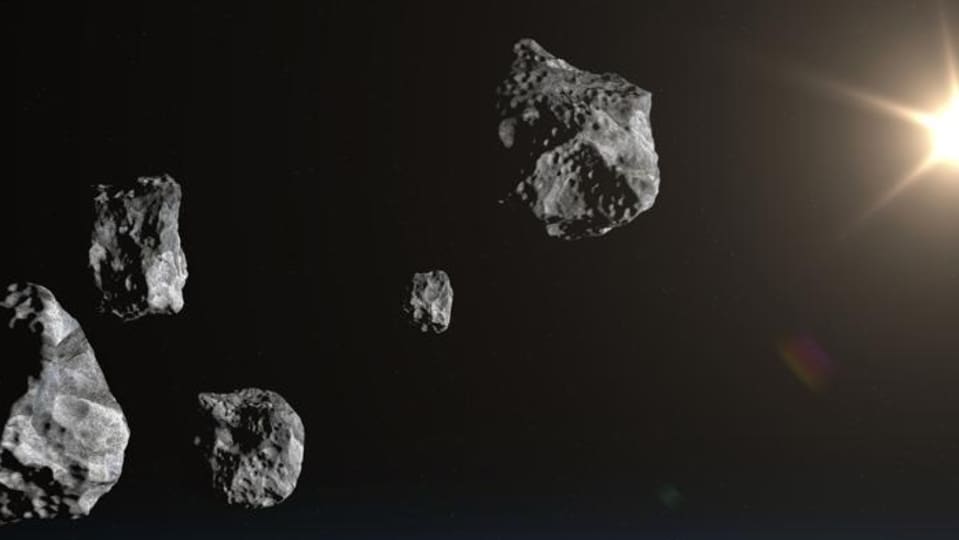

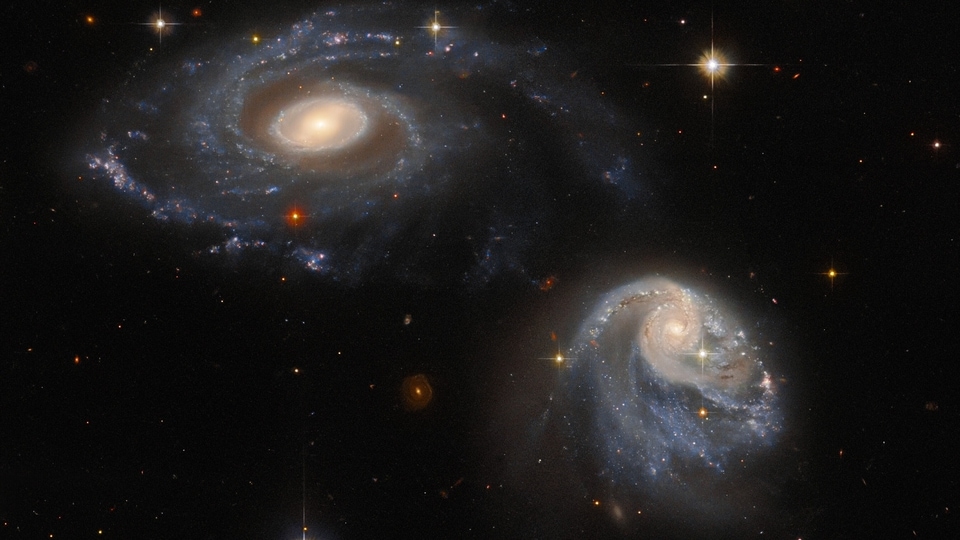
 View all Images
View all ImagesNASA's old flying observatory the Hubble Space Telescope has captured a breathtaking image of a pair of galaxies in deep space that are set to crash into each other with tragic consequences for the planets and suns that are there. The image by Hubble Telescope shows ethereal light from distant stars and galaxies in the background even as the galaxies are seen close to each other. NASA says that these two interacting galaxies making up the pair known as Arp-Madore 608-333 and they seem to be floating side by side in the image. Hubble's Advanced Camera for Surveys had captured this mesmerizing galactic interaction.
The space agency has confirmed that these galaxies may appear serene, but these two are subtly warping one another through mutual gravitational interaction. Sadly, this interaction is disrupting and distorting both galaxies with time. NASA further says, “The interacting galaxies in Arp-Madore 608-333 are part of an effort to build up an archive of interesting targets for more detailed future study with Hubble, ground-based telescopes, and the James Webb Space Telescope. To build up this archive, astronomers scoured existing astronomical catalogues for a list of targets spread throughout the night sky.”
Scientists hoped to include such objects which are already identified as interesting and that would be easy for the Hubble telescope to observe without worrying about the direction.
How Hubble Telescope captured these flying galaxies
The Hubble Space Telescope took decades of planning and research before it launched on April 24, 1990. And since then, it has been continuously working and shooting some amazing glimpses of deep space. NASA says, “Deciding how to award Hubble observing time is a drawn-out, competitive, and difficult process, and the observations are allocated to use every last second of Hubble time available.”
However, there is always a small but persistent fraction of time of around 2-3 percent which goes unused as Hubble Telescope needs to turn to a point at new targets. To take advantage of these moments between longer observations, Snapshot programs work to fill this gap. The image of Arp-Madore 608-333 is also a result of the same. “Snapshot programs not only produce beautiful images, they enable astronomers to gather as much data as possible with Hubble,” the space agency explained.
Catch all the Latest Tech News, Mobile News, Laptop News, Gaming news, Wearables News , How To News, also keep up with us on Whatsapp channel,Twitter, Facebook, Google News, and Instagram. For our latest videos, subscribe to our YouTube channel.



